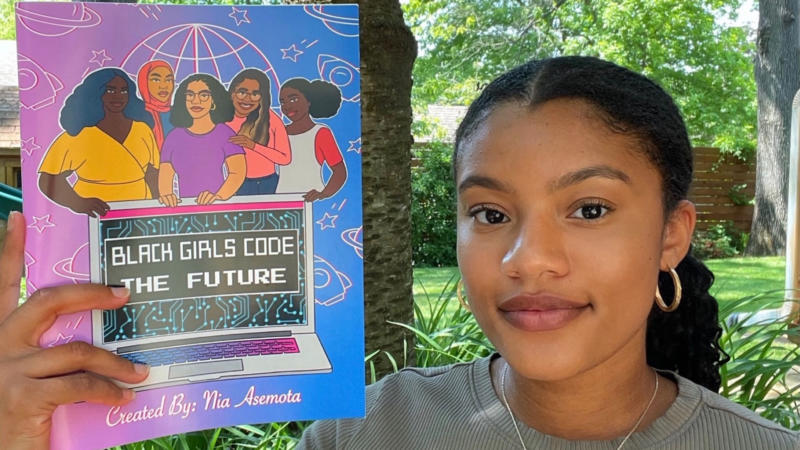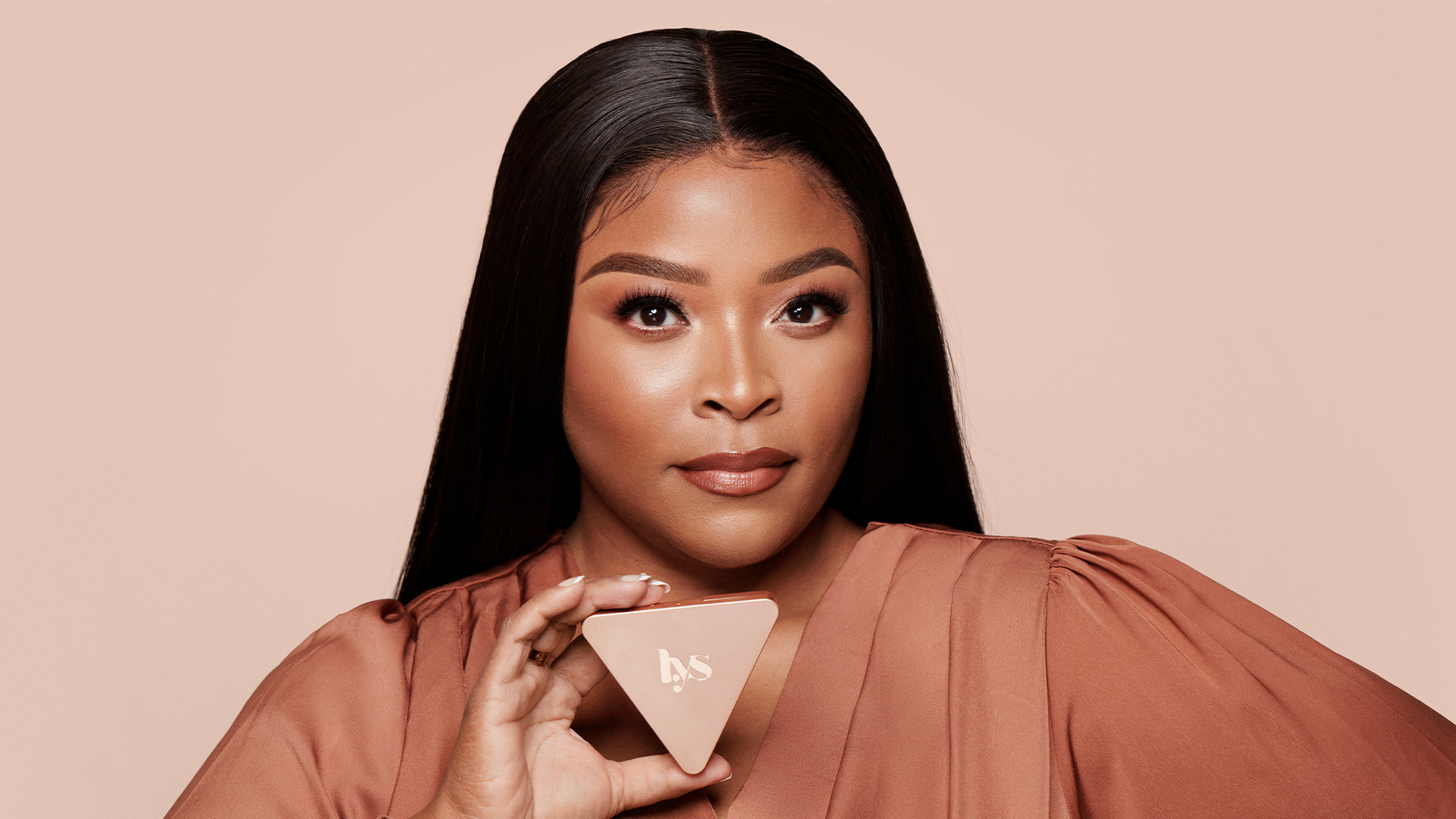Nia Asemota is the product of what it looks like to defy societal norms.
Coming from a Puerto Rican and Nigerian household, actively pursuing the computer science path didn’t seem possible to her adolescent self.
The notion to pursue becoming either a doctor, lawyer, or engineer is commonly instilled in traditional Nigerian homes. Along with the societal pressure, Black women are widely underrepresented in science, technology, engineering, and mathematics (STEM).
At the time, the intersection of both worlds widened the gap of who the aspiring computer scientist could look up to as she set out on the challenging road ahead. Thankfully, her initial doubts were dispelled after joining her first Black Girls CODE workshop in high school.
Black Girls CODE The Future

To help the next generation pursue STEM, Asemota, who is now a current computer science and biology major at New York University and a Black Girls CODE technical instructor created “Black Girls CODE the Future” — an educational coloring book that empowers women of color to pursue the tech world.
Through her work of teaching young girls within her instructor role, it shed more light on her coloring book’s importance.
“Being able to have that hands-on insight was a huge motivation to create the coloring book,” Asemota told AfroTech. “To fill the gaps that I personally knew and to fill the gaps that I’ve learned from them. Also learning about their experiences of microaggressions has also been really helpful in, ‘Okay, how do I switch the narrative?’ And something as simple as a coloring book so people can feel seen.”
Representation Through Art
Women of color throughout history that have played pivotal roles in tech typically aren’t given the proper recognition they deserve. In addition, coloring books aren’t always geared toward people who look like Asemota. So, the artist decided to take matters into her own hands.
Now, what started as a passion project on her iPad has turned into another example of why representation matters.
The coloring book is filled with illustrations where young women can see themselves in the role models that are featured. The coloring book includes scientific trailblazers like Katherine Johnson, Timnit Gebru, and Joy Buolamwini. While it serves as an ode to aspiring young women in STEM, it also honors both prominent figures and unsung heroes.
“I wanted to make sure that I included names that are familiar and also those unsung heroes so that nobody gets lost in the mix,” she said. “I wanted to have a range. For example, for me, I’m doing software engineering, but I’m also majoring in biology. So, I wanted to have people who look like me from NASA mathematicians to astrophysicists — just a huge range of people.”
Although the coloring book highlights women who are powerhouses in STEM, young girls also get to learn about hair diversity through Asemota’s illustrations. Hairstyles ranging from afros to braids, as well as headscarves, are depicted across the pages.
Inspiring The Next Generation
Ultimately, Asemota shared that she wants “Black Girls CODE the Future” to serve as a source of inspiration for the next generation and for the representation in her art to uplift those that will follow after her.

















